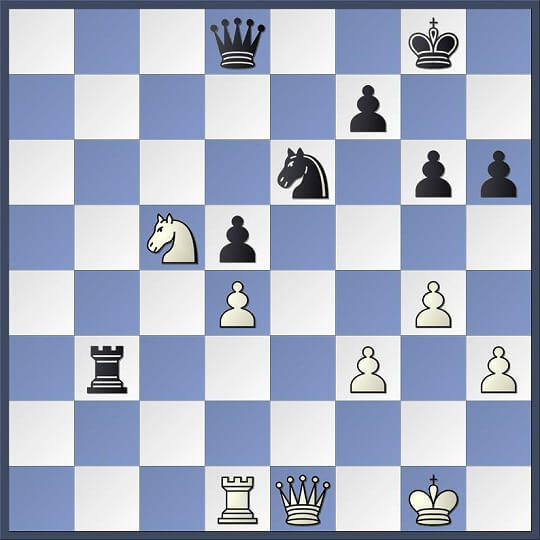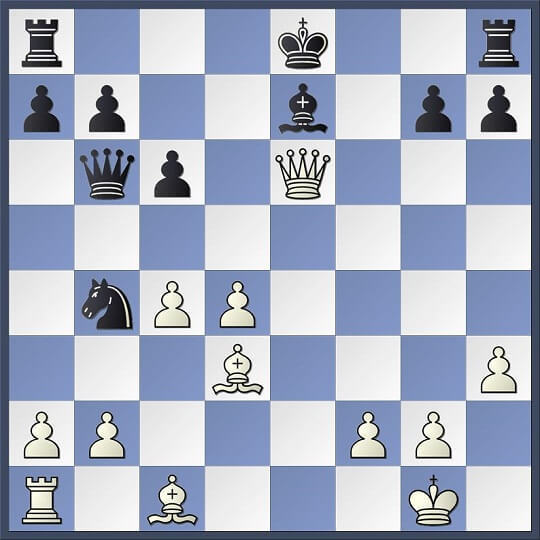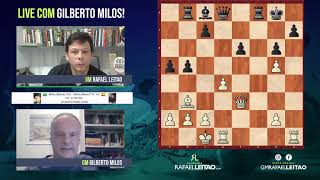An Important Technique To Improve Your Chess Calculation
When you start calculating a position, it’s important that you pay attention to the most forced moves (checks, captures and threats) – both for you and your opponent. Through the initial calculation minutes, don’t dwell on the small things; you must calculate the moves that draws your attention and analyze all the forced lines. Frequently, depending on the situation complexity, you will already find the best move through this process. However, in more complex positions, the solution won’t come so easily; still, this initial analysis will give you the necessary basis to do more deep calculations. In this case, after a few minutes of analysis, return to the initial position and then go to the next step (Candidate Moves). If you want to study more about the “Quick Scan” technique, I suggest reading the excellent book “Secrets of Practical Chess”, written by English GM John Nunn, the first author to mention this theory in a more detailed approach.
The Quick Scan is a key technique to improve your calculation and I believe that, with an appropriate training, a student will show quick progress. Moreover, you will be better prepared to do fast calculations, which will give a great boost on your results in rapid and blitz games.
Get the free e-book with 10 mistakes you should avoid in chess
I exploited this technique to achieve good results in many different occasions. One of them – I remember it well – was a game against MI Diego Di Berardino. As shown on the diagram below, black has many attractive options, but te quick scan can help us find, without any issues, the winning move.
Di Berardino x Leitão
Campinas 2010

[ Black to play (click here to check the solution)]
The Quick Scan is not always enough to find the “truth” in the position; but even in those case it will give us valuable elements to help us find the right move. In this situation, we have to go back to the initial position and usee the ideas obtained by the Quick Scan to formulate a more intricate list of candidate moves.
A classic example is the Tal x Portisch game (analysis position). It would be impossible to find the right move without making a prior analysis of the position shown on the diagram below.

[White’s turn (click here to check the solution)]
Ready to practice the Quick Scan technique? Only by solving multiple exercises you will be able to change your thought process and use this method correctly.
Get a free 3 hour course “How to crush super GMs in blitz” with GM Maxim Dlugy!
Let’s get started. Good work!







Very Nice and Helpful
Olá Rafael. Verifique o erro de digitação: "(...)é importante prestar atenção aos movimentos mais forçados (cheques, capturas(...)" -
xeques com X
Abraço
Nice wonderfull
Best l like it very usefull.
Thanks to your info im new to play chess i do basic moves